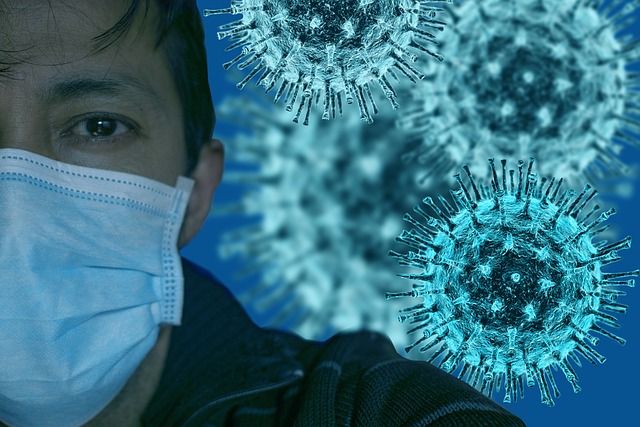Highlights
|
Justification:
Data on longitudinal recovery after coronavirus disease (COVID-19) hospitalization currently remain scarce, as do outcomes beyond 3 months of follow-up.
Goals:
To evaluate sequelae up to 6 months after COVID-19 hospitalization considering 1) recovery in relation to lung function, radiological abnormalities, physical and mental health status, and health-related quality of life (HR-QoL). ) and 2) the predictors of the most clinically relevant sequelae.
Methods:
Patients were evaluated at 6 weeks, 3 months, and 6 months after hospitalization using pulmonary function tests, radiological evaluation, and online questionnaires on physical and mental health status and HRQoL. The results were analyzed using repeated measurements analysis.
Results:
92 patients were included (mean age, 58.2 ± 12.3 years; 58 [63.0%] men).
The estimated percentage of patients with impaired forced vital capacity improved from 25% at 6 weeks to 11% at 6 months; for impaired diffusion capacity, this percentage improved from 63% to 46%.
Radiologically , the ground-glass opacity decreased but the fibrosis persisted. The majority of patients (89.1%) still had one or more symptoms 6 months after discharge. Fatigue decreased significantly over time (P = 0.006).
However, fatigue remained in 51% of patients at 6 months. HR-QoL (almost) normalized in most domains at 6 months, except for physical performance, with persistent fatigue and length of hospitalization being the most important predictors.
Conclusions
In conclusion, in this prospectively followed Dutch cohort, we longitudinally describe recovery in relation to lung function, radiological abnormalities, physical and mental health status, and HRQoL after COVID-19 hospitalization and its main predictors.
Persistent pulmonary deterioration can be found for up to 6 months, but gradual improvement is seen over time.
Similarly, most patients reported persistent symptoms and reduced HR-QoL related to COVID-19 infection.
Most of these improved over time, but fatigue was not only the most common but also the most persistent symptom, and also severely affected HRQoL. The fatigue could not be explained by the severity of COVID-19 or lung function in FU. The underlying cause and optimal treatment need to be established and will be the subject of future research.
Final message
- During the first 6 months after hospitalization for COVID-19, most patients demonstrated continued recovery in all health domains, but persistent sequelae were common.
- Fatigue was the most common residual and persistent symptom up to 6 months after hospitalization, which had a significant impact on health-related quality of life.
















